
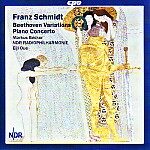
What an odd disc this is. When later Viennese composers write self-consciously referential works on themes of their illustrious predecessors, it often becomes painfully obvious
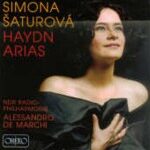
Recordings of arias by Haydn are scarce compared to, say, those by Mozart, and so this release is almost self-recommending; luckily, it’s also very good.
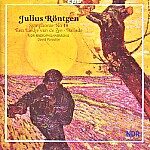
Julius Röntgen’s 18th Symphony was composed in the early 1930s, but you’d never know it from its resolutely tonal melody, neo-baroque formal cast (the second
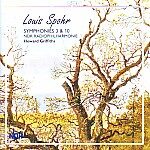
What can you say about a composer whose music is so rhythmically flabby and lacking in contrast that everything basically sounds like everything else? It’s
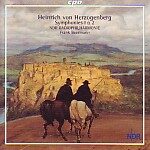
There are Meisters, and there are “Kleinmeisters” (“minor masters”), and then there are “Überkleinmeisters” (“really minor masters”). Herzogenberg belongs to this last category. Like so

Paul Wranitzky wrote his “Grand Characteristic [i.e. “descriptive”] Symphony for the Peace with the French Republic” in 1797, in the ripest Viennese classical style. It’s

Felix Draeseke’s music continues to make a mixed impression. Certainly Jörg-Peter Weigle’s vigorous and confident performance of the derivative First Symphony makes a better impression

This second installment in CPO’s Georges Onslow series contains many of the same attributes found in the first, which offered Symphonies Nos. 2 & 4
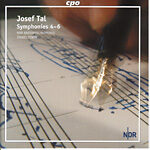
Joseph Tal’s last three symphonies continue the progression from consonance and motivic simplicity to increasingly complex structures and an all-out abandonment of tonality. The result
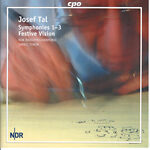
Josef Tal (b. 1910) composed his six symphonies over a 40-year span after he emigrated from Germany to Israel in 1934. Of the three presented
![]()
